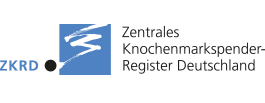Bone Marrow Donation
Be the Life Changer

Bone Marrow Donation
Be the Possibility, Be the Lifesaver

Zentrales Knochenmarkspender-Register Deutschland (ZKRD), German National Bone Marrow Donor Registry in English, stored data from 26 donor centers throughout Germany with more than 6.5 million German donors. The ZKRD, established in 1989, is the largest registry in Europe in terms of donors, and one of the most productive registries in world in term of donors identified for transplants.
Last year, 7013 blood stem cells are collected from German donors to unrelated donors, in which 5000 of them are for patients abroad. In Germany, 75% of the patients have found a suitable donor after three months, and nine out of ten patients find a suitable donor in globe.
The ZKRD, with goal “to find the best possible donor worldwide faster”, focuses on simplifying and expediting the search process. It closely cooperates with registries around the world, receiving international patient requests and contacting all partners involved.
Its main strategy of recruiting donors is the collaboration between donor drives and the local press of the town, according to Sonja Schlegel, Public Relations of the ZKRD. A patient’s story is released in local press where donor drive takes place. The donor drives, several per day in the whole country, are often supported by local clubs, schools and enterprises, which initiate food sales, benefit concert or run, etc. to involve the community. In addition to social media, the donor centres also regularly honour volunteers, which is reported by local press.
ZKRD's film showing the real process of bone marrow matching, donation and transplant
Track down the globe
The United States has numerous bone marrow donor organisations in which the national wide programs are the Be The Match Registry and Delete Blood Cancer DKMS. There are other donor recruitment groups by states and ethnicities.
Be the Match Registry is the official registry operated by the National Marrow Donor Program since 1986. Cooperating with 51 donor centers and registries around the world, it has become the largest and most diverse donor registry in the world with more than 13.5 million potential marrow donors which the US donors accounted for 8.2 million.
Their marketing efforts focus on engaging and attracting registry members that transplant centers request most—18-44 year old, according to Be The Match media relations staff Melissa. She said, “We do a lot of work with faith-based communities and on college campuses. We also use a lot of traditional marketing tactics—social media, media relations, some advertising and partnerships with organisations that help us reach our target audiences.”
In Singapore, the Bone Marrow Donor Programme (BMDP), established in 1993, is a non-profit organisation without government funding managing volunteer donors. As celebrating 50 years of independence last year, BMDP has planned to recruit 50,000 more bone marrow donors in the next three to five years, despite today's number of about 52,000.
“What we do literally means the difference between life and death and that is why we make a promise to find a donor for every patient,” as stated on their website.
Through a Match For Life campaign, they are reaching out to communities, schools, corporates and organisations to educate members the importance of bone marrow donation in saving lives. They utilise social media, like Facebook, Twitter and YouTube, sharing stories of donors and patients.
From 28 March to 3 April, BMDP organised Public Outreach and Donor Recruitment Roadshow, with "What's Your Story" exhibition, to engage and educate the public, and recruit bone marrow donors.
In Taiwan, Buddhist Tzu Chi Stem Cells Center (BTCSCC),
having 402,896 registered donors, is the national databank of bone marrow donors founded in 1993. The five divisions in the Center are the Immunogenetics Laboratory, Cord Blood Bank, Clinical Medical and Research, Donation Activities and Marrow Donation Care Teams, and Databank and Administration.
BTCSCC is characterised of not only the patient receiving abundant care, but also donor receiving care and respect. It actively promotes bone marrow donation through volunteers, regular blood test activities, book and news publications, phone APP, YouTube, Facebook, and recently strengthens the effort on recruiting aboriginal donors.
There are averagely 300 identified bone marrow donors each year donating bone marrow to patients from thirty countries. Since 2008, BTCSCC recruitment and collection of cord blood are held on because of full storage. In October 2015, it has gained a full accreditation by WMDA.
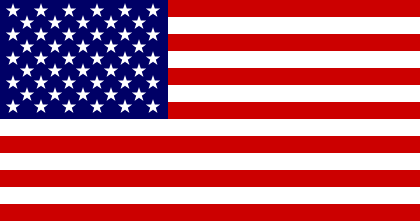
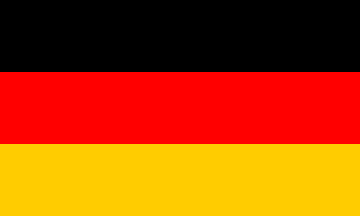
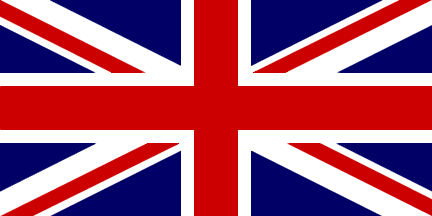


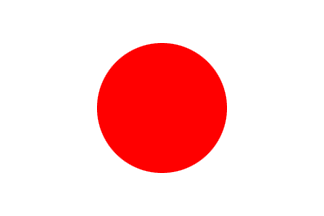
The Japan Marrow Donor Program (JMDP) was established in 1991 in cooperation with the Japanese Red Cross Society under the Japanese government initiative. They publish monthly report including the latest statistics and information. There are currently 457,971 Japanese registered donors and 90 to 100 transplants on average per month.
JMDP, together with different associations over Japan, uses various means to frequently promote bone marrow donation and raises funds. The means include celebrity promotion, activities like sports competition and performance, stages and booths in public areas and shopping malls, public and school talks, social media including Facebook and YouTube.
In the United Kingdom, the major national donor registries are Anthony Nolan, an independent charity, NHS British Bone Marrow Registry and Welsh Bone Marrow Donor Registry. For the latter two, volunteers need to be regular blood donors.
Anthony Nolan, the world’s first bone marrow registry founded in 1974, aims to improve patients’ quality of life, lead and influence the global transplant community.
Growing donors to 594,231 currently, they raise public awareness on bone marrow donation through various campaigns, such as the Great North Run, March of the Men, #Shake4mike campaign, Pass It On campaign, the Anthony Nolan Supporter Awards, sales of fragrance Eau de Spit. They also involve with the public by recruiting volunteers as donor visitors, sample sorters, fundraisers and promoters at recruitment event, schools, social media etc.
Their Be A Lifesaver (R&Be) education programme
helps to teach 16 to 18-year-olds about the importance of donating bone marrow, blood and organs.
They are actively attracting young men, who can provide more than half of all stem cell donations, and ethnic minority, who only get 40% chance to find a matching donor, in the UK to register.
In 2010, they introduced testing the donor’s tissue type by saliva samples instead of blood of donors, who send their sample in ‘spit kits’ by post. In 2012, they have become the world’s first registry to start recruiting 16-year-olds. They currently help three patients every day to find their match.



